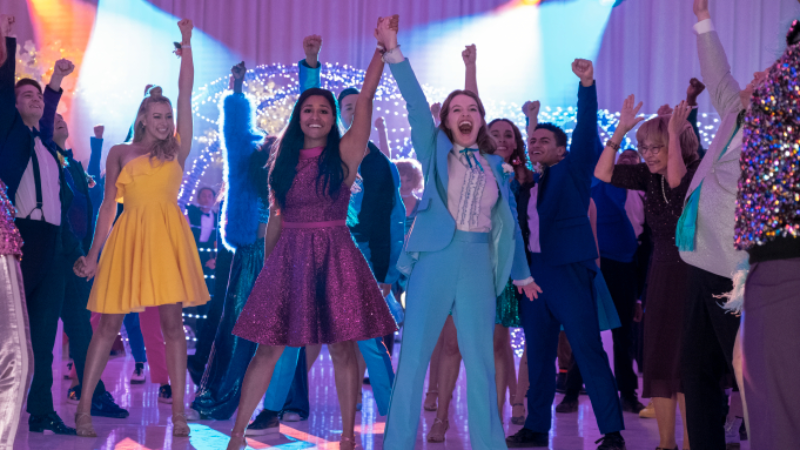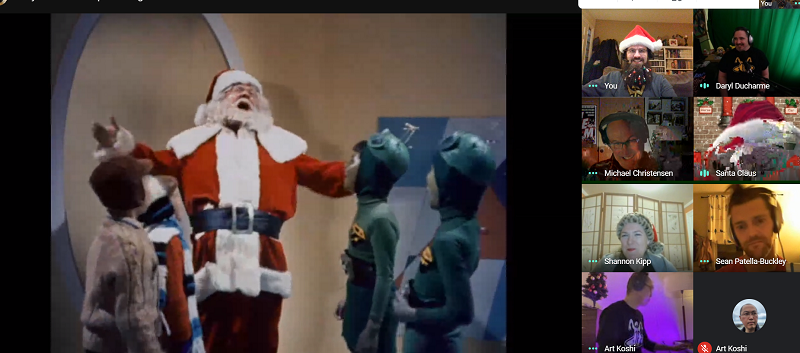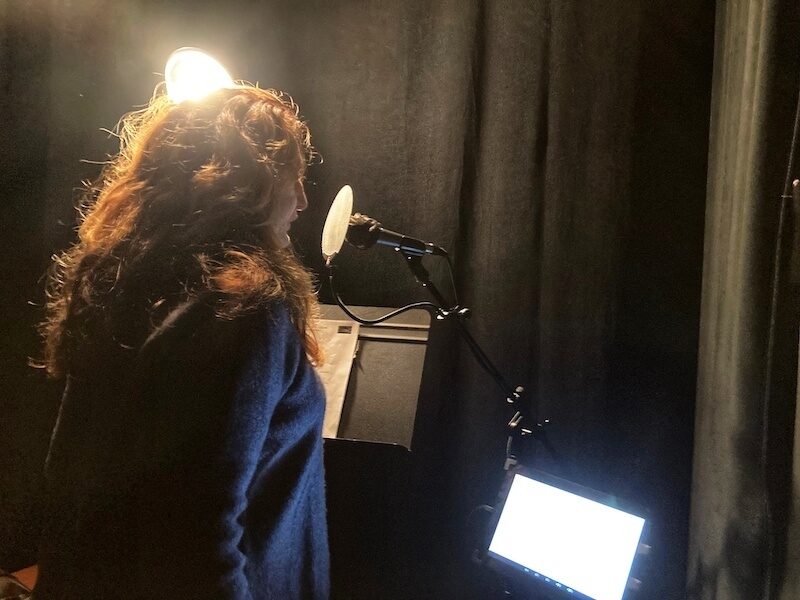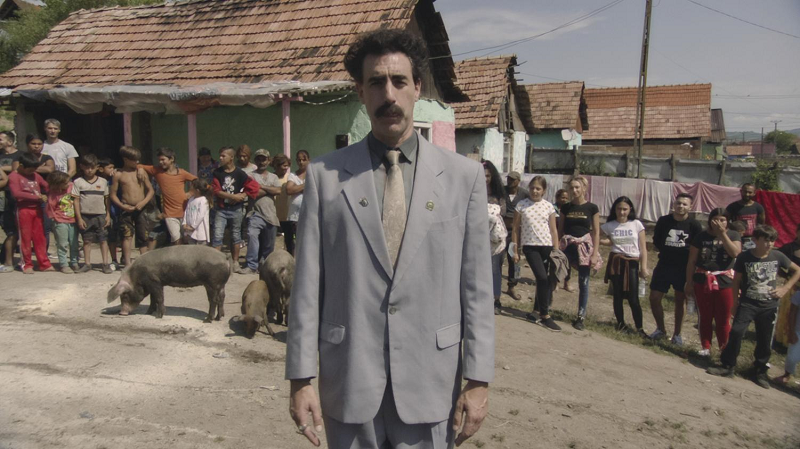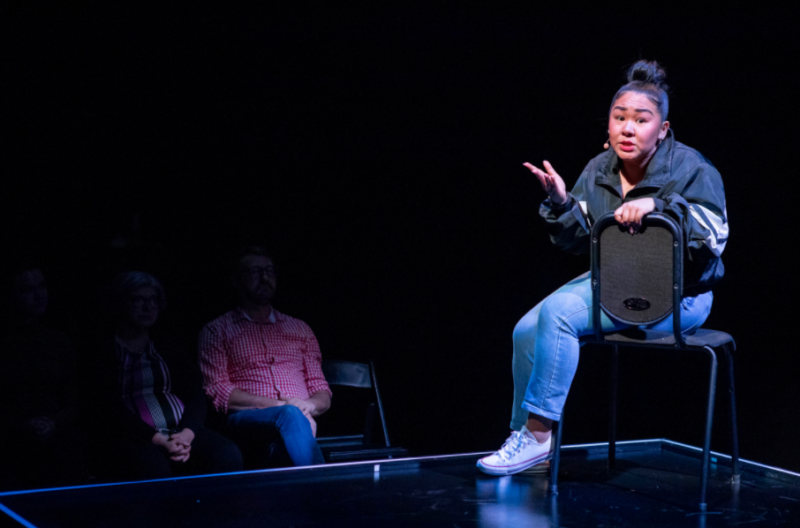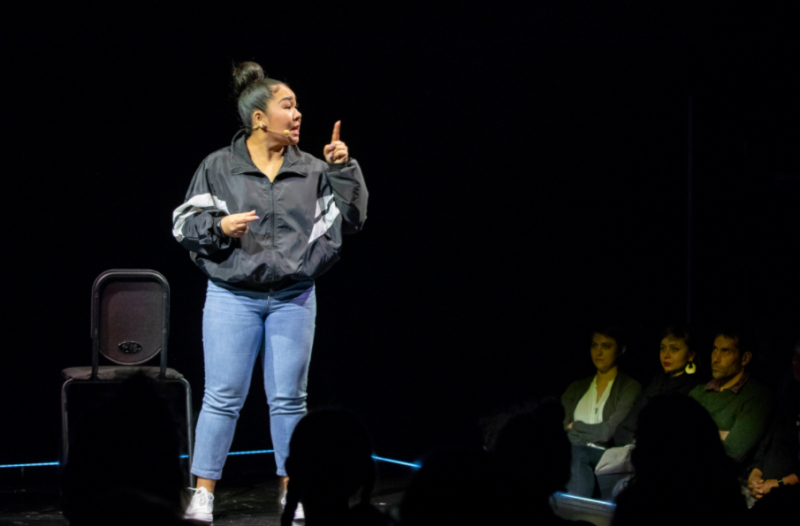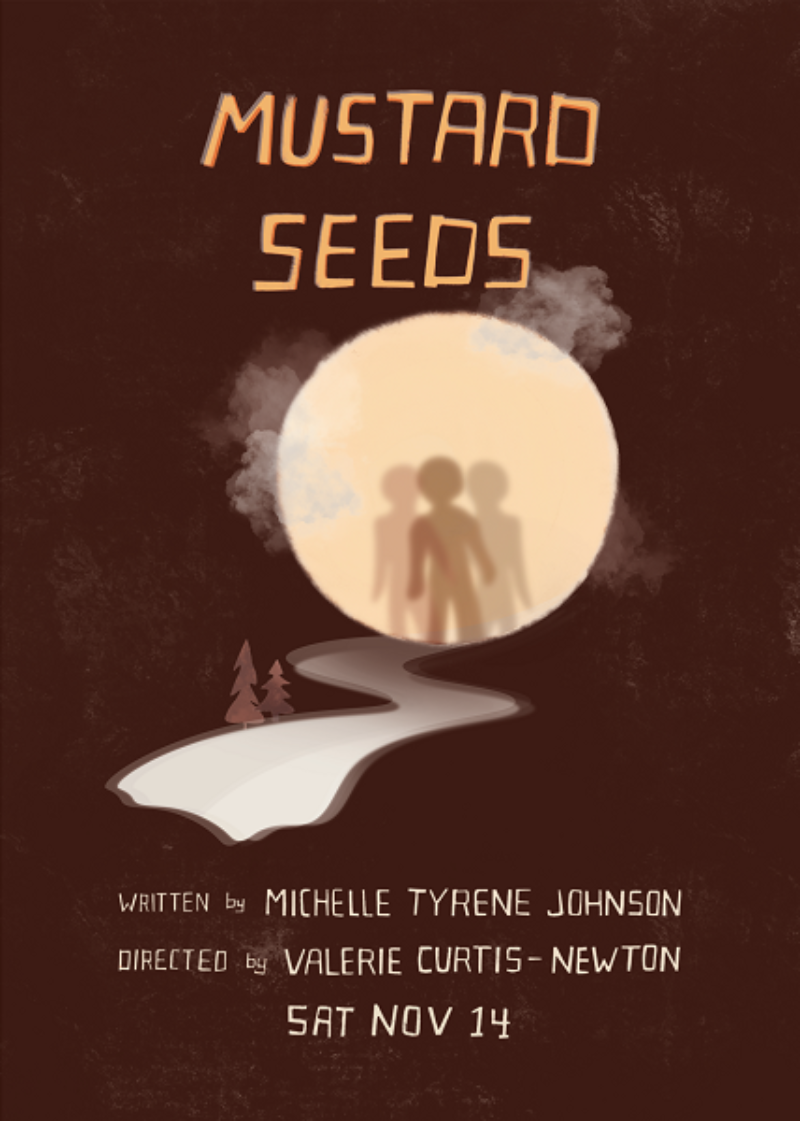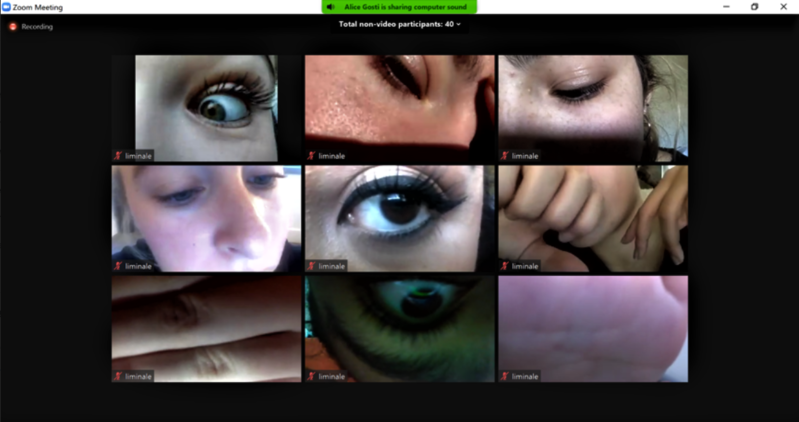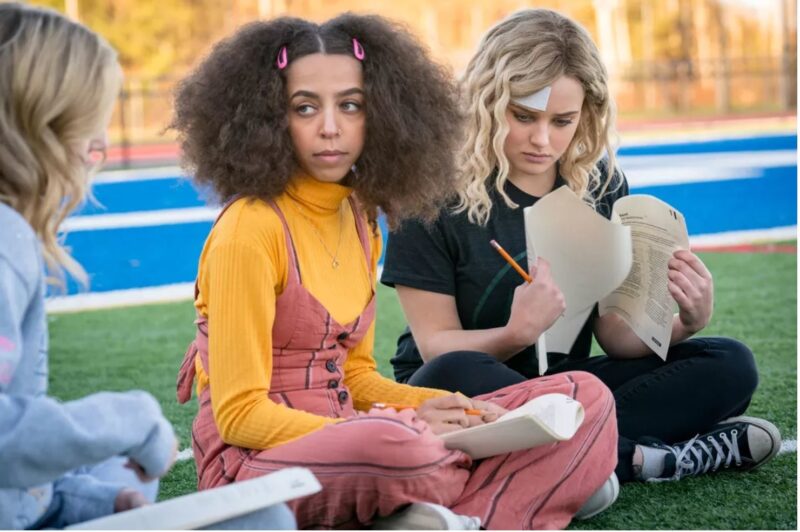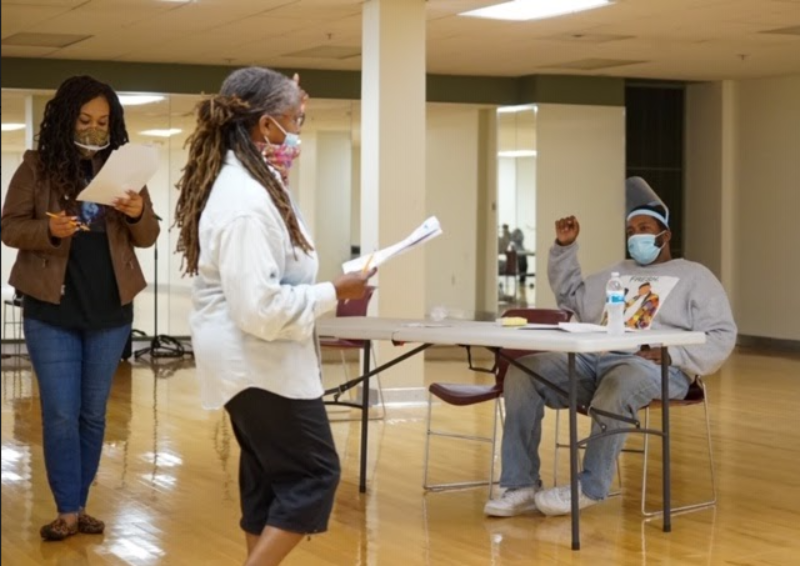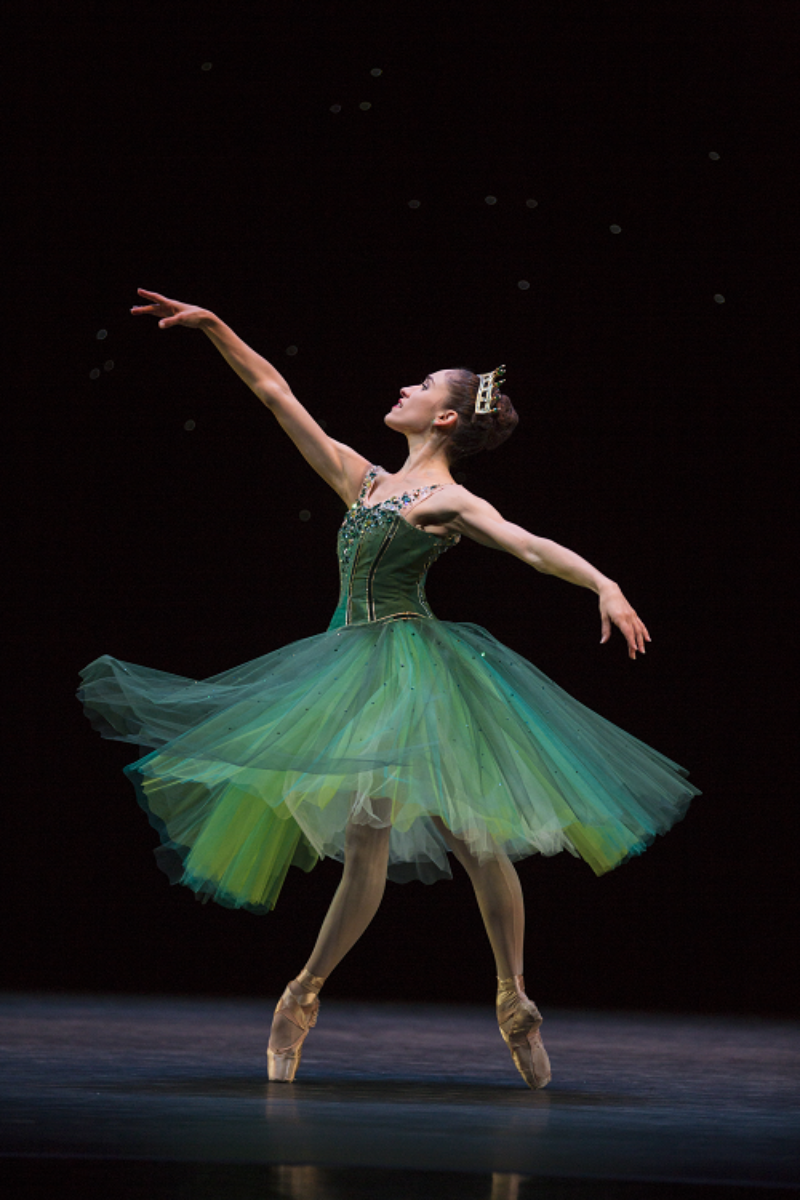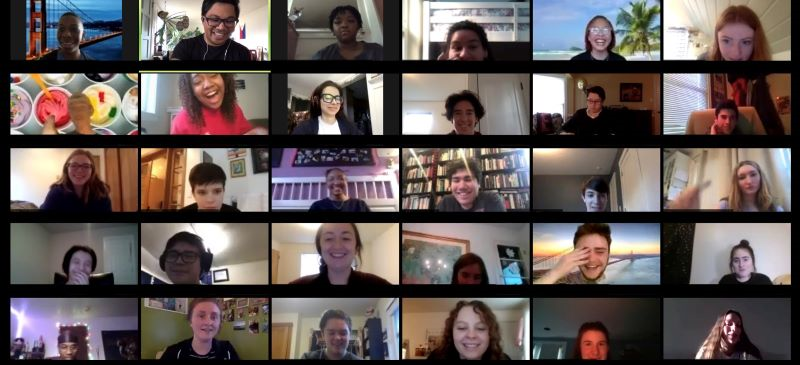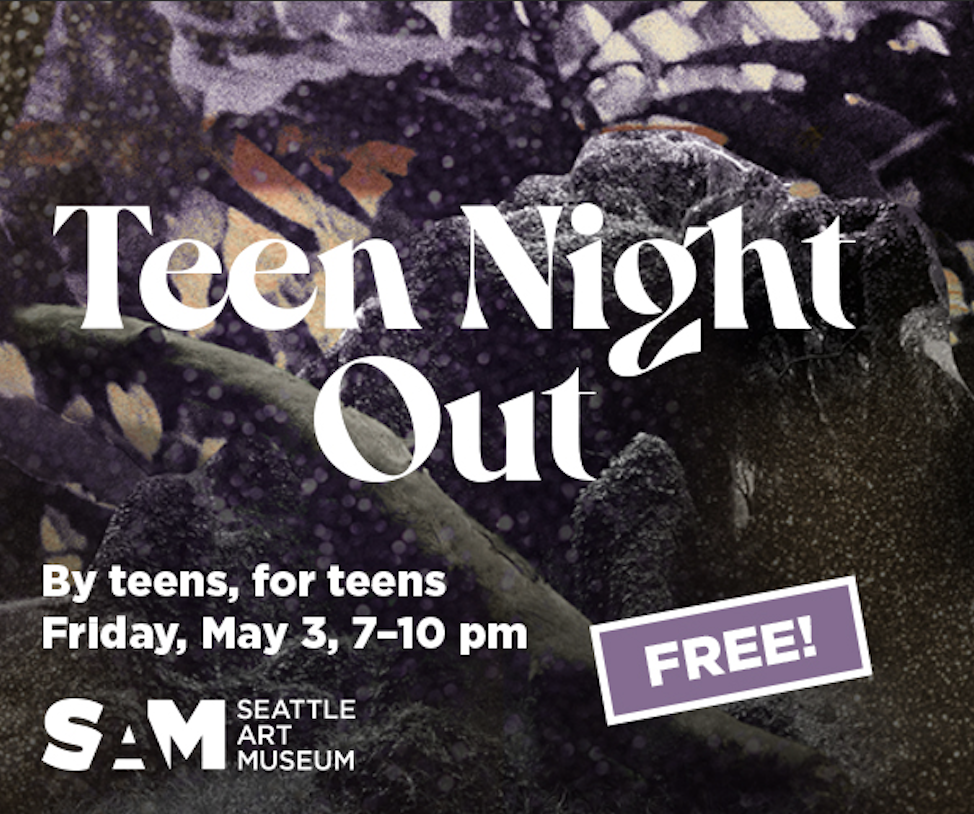Ryan Murphy Proves, Once Again, How It Is Possible To Be Both Gay And Homophobic
Review of The Prom, a Netflix film
Written by Teen Writer Adrian Martin and edited by Teen Editor Anya Shukla
The Prom opens with a musical number sung by Meryl Streep and James Corden. Streep grins and sings with generous help from autotune, while Corden twirls around the screen, in a limp-wristed impression of a gay man. This is one of the best scenes in the movie—it only gets worse from here.
The Prom is based on the Tony-nominated musical of the same name. It follows four washed-up Broadway actors (two of whom are played by Streep and Corden) in a misguided attempt to restore their reputations by forcing themselves into the life of a teenage lesbian, Emma (Jo Ellen Pellman), whose prom was canceled after she tried to take her girlfriend (Ariana Debose) as her date.
The musical numbers are over the top and colorful, Murphy, at the very least, understands how to do a musical. That being said, he does lean too much into it at certain key points. “Campy and fun” is a weird energy to bring to a scene where Emma is being bullied for her sexuality. The goofy acting choices and bright colors may work for some of the more upbeat musical numbers, but for scenes trying to address the trauma of homophobia, it felt offensive and in bad taste. I was left once again wondering if Murphy has ever even met a lesbian and if he thinks this is a normal reaction to death threats.
I have no doubt Pellman is a fine actor, but her constant smiling is unnerving. Her introductory song is about being out as a lesbian in a small, intolerant town, but she never once breaks from a cheerful grin. The only emotions she shows throughout the whole movie are just happy or sad, making her performance feel stiff and robotic.
Her girlfriend showed more emotion in her practically nonexistent screen time than Pellman did the whole movie. Dubose’s performance is by far the best acting in this movie. The couple's chemistry was excellent, but the lack of screen time made every scene with the two girls together feel like dropping in on a much better romcom halfway through. In a movie that was 20 minutes too long, Murphy somehow didn’t spend enough time with the main couple.
Instead, that time is devoted to James Corden’s impression of a gay best friend from a ‘90s sitcom, and Meryl Streep’s aforementioned singing. It felt clueless at best and mocking at worst. Both of their performances were playing to the back row, making these characters seem campy and ridiculous in moments that were supposed to feel sincere.
Not only were Murphy’s edits from the original plot in bad taste, but they also made the writing worse. He cut most of the screentime from the gay couple and gave it to the Broadway actors, making the plot make less sense while also feeling insufferably long.
The only redeeming parts of this movie are Nicole Kidman and Andrew Rannells. If you are going to, watch The Prom for Rannells’ character following a group of teenagers around a mall, trying to sing the homophobia out of them, and Kidman’s character trying to Fosse dance the fear of being the victim of a hate crime out of a traumatized seventeen-year-old lesbian. Both of these instances work and are the best parts of this movie.
On the flip side, the worst part about all of the terrible casting and directing choices was that all the Broadway actor characters, and Emma to some extent, were based on real people, who played themselves in the Broadway show. Murphy took a show that was one of the first positive, lesbian-centered musicals and shifted the focus away from the main characters. Not only was this movie badly directed and acted, it grossly misunderstood its own source material, ruining everything that made it great.
Netflix, next time save us all the trouble and just film the musical.
Lead photo credit: Tracey Ullman, James Corden, Andrew Rannells, Jo Ellen Pellman, Ariana DeBose, Nico Greetham, Logan Riley, and Sofia Deler in The Prom (2020). Photo by MELINDA SUE GORDON/NETFLIX/MELINDA SUE GORDON/NETFLIX - © 2020 Netflix, Inc.
The TeenTix Newsroom is a group of teen writers led by the Teen Editorial Staff. For each review, Newsroom writers work individually with a teen editor to polish their writing for publication. The Teen Editorial Staff is made up of 6 teens who curate the review portion of the TeenTix blog. More information about the Teen Editorial Staff can be found HERE.
The TeenTix Press Corps promotes critical thinking, communication, and information literacy through criticism and journalism practice for teens. For more information about the Press Corps program see HERE.

